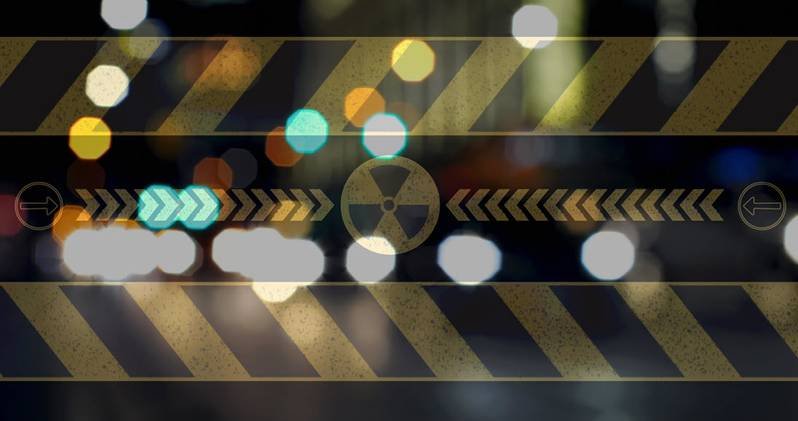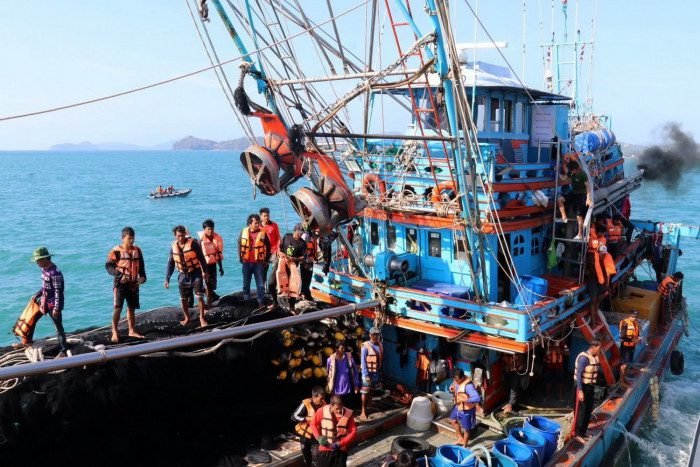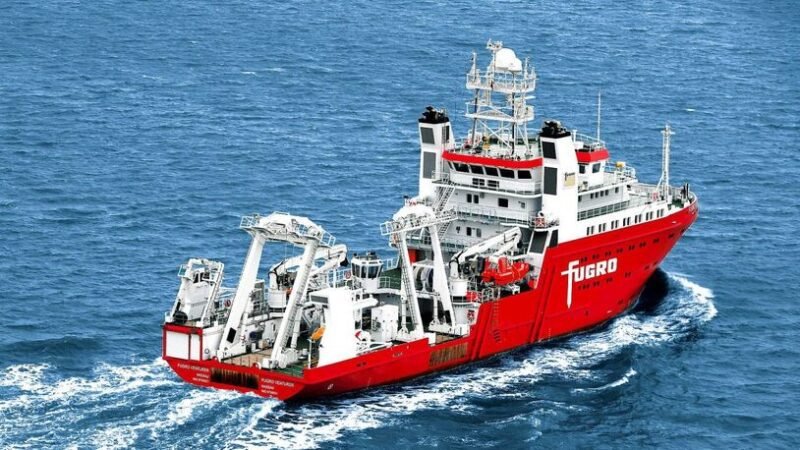No civilian maritime nuclear facilities have been established in over 40 years, but recent reports highlight their potential future. DNV’s report, Maritime Nuclear Propulsion, emphasizes the importance of safety, security, and non-proliferation for nuclear-powered vessels. It stresses that future installations must be resilient against collisions and external threats, necessitating advanced remote monitoring and cybersecurity measures. Reactor compartments should be designed for minimal access, supporting autonomy and robust communication capabilities.
Lloyd’s Register’s report, Navigating Nuclear Energy in Maritime, outlines the necessary physical and cyber protections, including multi-layered barriers and personnel systems to deter threats without a permanent armed presence. Cybersecurity must safeguard critical IT and operational technology systems through encryption and multi-factor authentication, alongside establishing incident response teams. Insider threats will be mitigated through rigorous personnel vetting, behavioral monitoring, and ongoing security training.
The MIT Maritime Consortium’s Nuclear Ship Safety Handbook suggests a “take-home” propulsion system for nuclear vessels entering port under non-nuclear power. This system must meet specific operational requirements, ensuring safety and maneuverability in challenging conditions. Ultimately, integrating advanced reactor designs in maritime settings will require collaboration among stakeholders to address unique operational risks effectively.


















